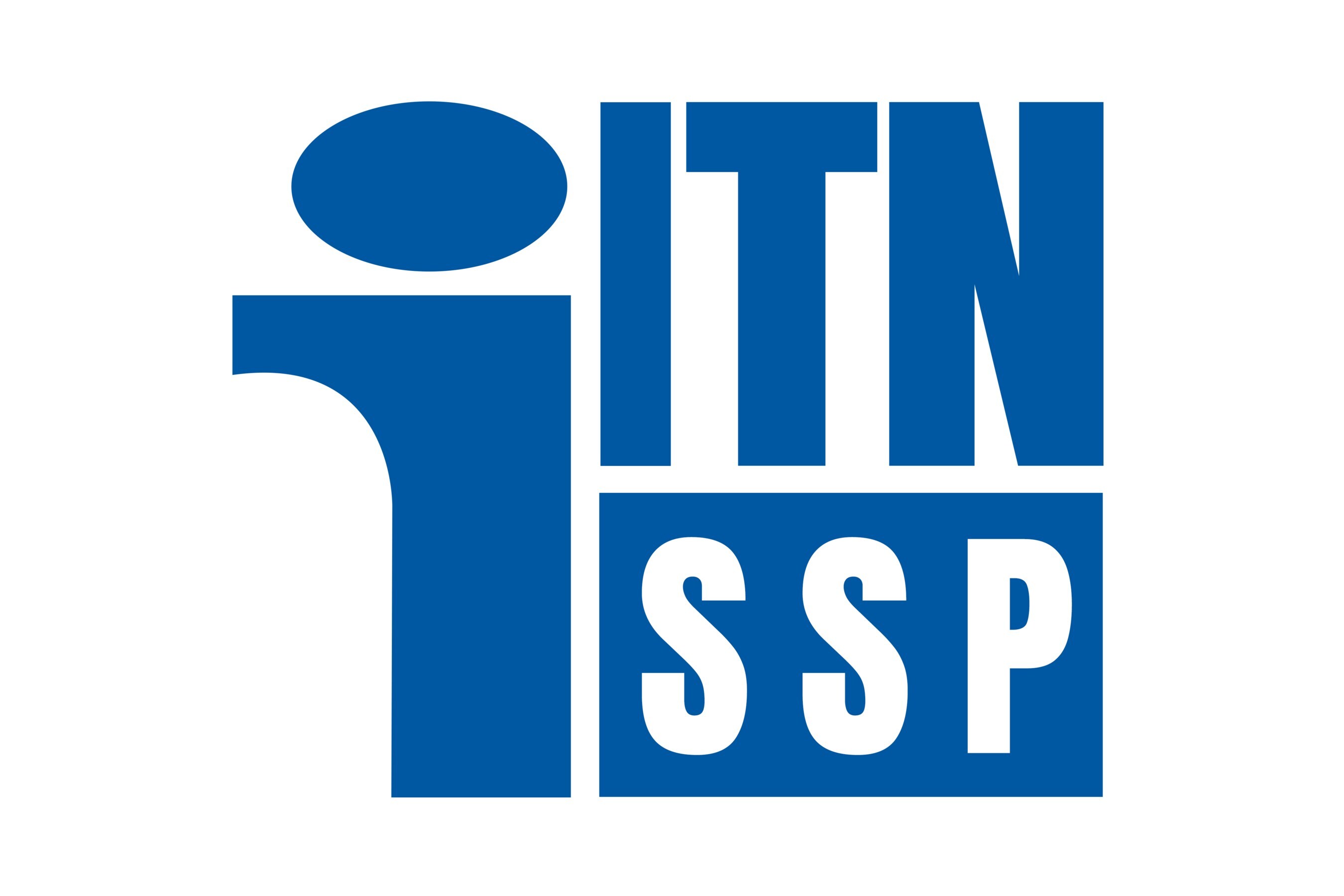Metamaterials Boost Antenna Efficiency
Due to the large antennas required for efficient VHF reception, broadcasters operating in this part of the spectrum have a significant disadvantage in reaching portable and handheld devices. Researchers at the National Institute of Standards and Technology (NIST), Boeing Research and Technology and the University of Arizona may have a solution—"metamaterials."
Ordinarily, an antenna needs to be one-half wavelength long to operate efficiently. However, prototype antennas at NIST constructed with metamaterials can operate efficiently at sizes as small as 1/50 of a wavelength, or 1/25 the size of a conventional dipole antenna.
Metamaterials have been making news in other ways too.
"Cloaking" devices have been demonstrated that use metamaterials to hide small objects from RF or optical fields. Metamaterials have a negative index of refraction, which allows them to focus light and RF to a point much smaller than their wavelength.
For miniature antennas, this effect is turned around to allow electromagnetic waves to be efficiently transmitted from an antenna that's much smaller than their wavelength. Metamaterials are made by embedding inclusions of one material into the host material, usually some type of metal.
NIST is currently testing a 100 MHz antenna based on a design from University of Arizona Professor Richard Ziolkowski and built by Boeing. According to a picture of the antenna on the NIST Web site, it is only 30 millimeters (slightly over one inch) on a side.
An antenna's function is to transfer RF energy into free space, but the problem with antennas that are very small compared to the wavelength is that most of the signal just gets reflected back to the source.
The metamaterial makes the antenna behave as if it were much larger than it physically is, as the antenna structure stores energy and re-radiates it. Conventional antenna designs achieve a similar effect by adding bulky "matching network" components to boost efficiency, but a metamaterial antenna can be made much smaller. Even more intriguing, these metamaterials are much more frequency agile. It's possible to tune them—on the fly--to work at any desired frequency, and to a degree not possible with conventional designs.
"You try to make the equivalent of an artificial atom or artificial molecule that can have the electrical behavior or the magnetic behavior you're seeking, so it's kind of like making electric dipoles or magnetic dipoles," said Ziolkowski.
He has been working on metamaterials and antennas that work in a frequency range from around 100 MHz on up to 10 GHz
Ziolkowski hopes to move his designs up into the terahertz spectrum and even higher.
"We're exploring whether or not some of the metamaterial inspired antennas we've developed could move into the millimeter and terahertz range to be used for power harvesting," he said. "We'd also like to move up in frequency eventually into the solar range and create a highly efficient solar energy convertor."
We might not have to wait too long for VHF metamaterials antennas. Elsewhere in this week's Report I describe a WiFi antenna from Rayspan using metamaterials.
The professional video industry's #1 source for news, trends and product and tech information. Sign up below.

Doug Lung is one of America's foremost authorities on broadcast RF technology. As vice president of Broadcast Technology for NBCUniversal Local, H. Douglas Lung leads NBC and Telemundo-owned stations’ RF and transmission affairs, including microwave, radars, satellite uplinks, and FCC technical filings. Beginning his career in 1976 at KSCI in Los Angeles, Lung has nearly 50 years of experience in broadcast television engineering. Beginning in 1985, he led the engineering department for what was to become the Telemundo network and station group, assisting in the design, construction and installation of the company’s broadcast and cable facilities. Other projects include work on the launch of Hawaii’s first UHF TV station, the rollout and testing of the ATSC mobile-handheld standard, and software development related to the incentive auction TV spectrum repack. A longtime columnist for TV Technology, Doug is also a regular contributor to IEEE Broadcast Technology. He is the recipient of the 2023 NAB Television Engineering Award. He also received a Tech Leadership Award from TV Tech publisher Future plc in 2021 and is a member of the IEEE Broadcast Technology Society and the Society of Broadcast Engineers.
